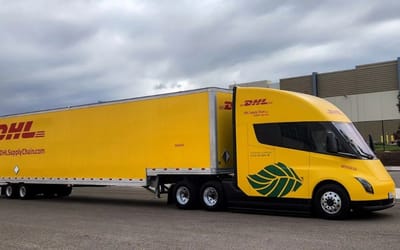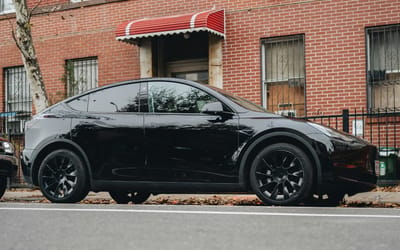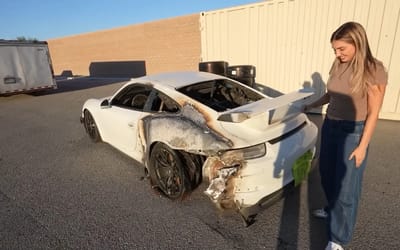How America’s mail trucks went from horse-drawn wagons to right-hand Jeeps
Published on Nov 09, 2025 at 11:09 AM (UTC+4)
by Keelin McNamara
Last updated on Nov 06, 2025 at 8:16 PM (UTC+4)
Edited by
Mason Jones
America’s mail trucks have evolved massively over the years – from humble horse-drawn wagons to right-hand icons.
The history of mail transportation in the United States goes back a long way.
As a matter of fact, the concept is as old as the United States itself.
This is the story of how America’s mail trucks went from horse-drawn carriages to right-hand Jeeps.
DISCOVER SBX CARS: The global premium car auction platform powered by Supercar Blondie
When did the US Post Office start using vehicles?
The current US Postal Service can actually trace its roots to the United States Post Office.
This body was established by the Second Continental Congress back on July 26th, 1775 – right at the beginning of the American Revolution.
Of course, the first two centuries of its existence saw America’s mail become heavily reliant on horse-drawn wagons.
But the innovation of the beginning of the 20th century brought about enormous changes.
In the late 1890s, an experimental horseless wagon was trialed by the Winton Company of Cleveland.
The trial route ran for a total of 22 miles and featured 126 different mailboxes.
A horse-drawn wagon would have taken six hours to complete this mail route.
But the horseless wagon did it in just two-and-a-half hours.
It was clear that a new age had begun – one that would change transportation forever.
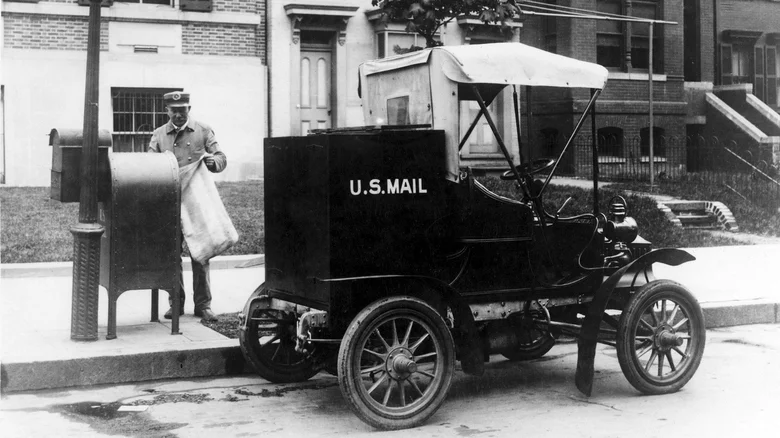
The Columbian Mark was the first of the mail trucks to really change things.
Two of these early trucks were introduced in 1906, successfully running mail routes in Baltimore.
The success of the Columbian Mark led to auto vehicles being introduced in other major American cities.
Of course, one major problem was that driving was still a very new concept.
It led to early mail drivers angering the public due to their indifference to driving and traffic rules.
How mail trucks changed transportation forever
Over the following years, a variety of different vehicles began being shifted to mail-transportation use.
But the next big change came with the Willys Jeep being introduced for mail usage.
Following its incredible success in World War II, the Willys Jeeps became a big part of the US Post Office.
In 1953, modified Willys Jeeps began being rolled out exclusively for mail usage.
And they were modified in a very interesting way.
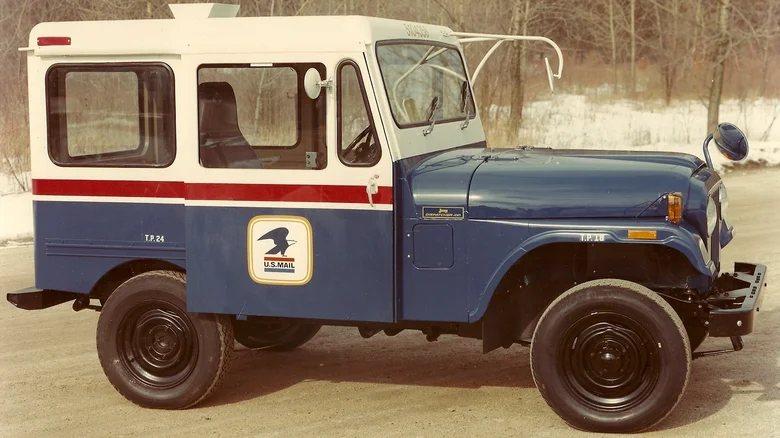
In order to facilitate easier access to mailboxes, these Willys Jeeps were produced to be right-hand drive.
This meant that, instead of getting out and walking around every time, a mail delivery driver could simply lean out of the side of their truck.
Since the mid-1980s, the Postal Service has used a now-iconic vehicle.
And that vehicle, of course, is the Grumman Long-Life Vehicle (LLV).
The US Postal Service sought to replicate the success and endurance of using the Willys Jeep.
And Grumman was the company that successfully won the contract to replace it.
Despite designing the body, the engine was actually supplied by General Motors.
Most of the LLV’s came with GM’S 4-cylinder, 2.5-liter ‘Iron Duke’ powerplant.
These Grumman LLV trucks are still on the road in most areas of America today.

But the Postal Service is now in the process of upgrading from these.
The next generation of mail transportation will likely be electric.
And these are being received positively – due to being more spacious and quieter than their older counterparts.
It is amazing to look back and see how the nature of American mail transportation has evolved so much in such little time.
Keelin McNamara is a content writer at Supercar Blondie from Ireland, covering cars, technology, and lifestyle. Despite being a Law graduate, he discovered his passion for journalism during the COVID-19 pandemic, and has worked in the industry ever since. Outside of work, he is an avid MotoGP fan, and is a self-confessed addict of the sport.


